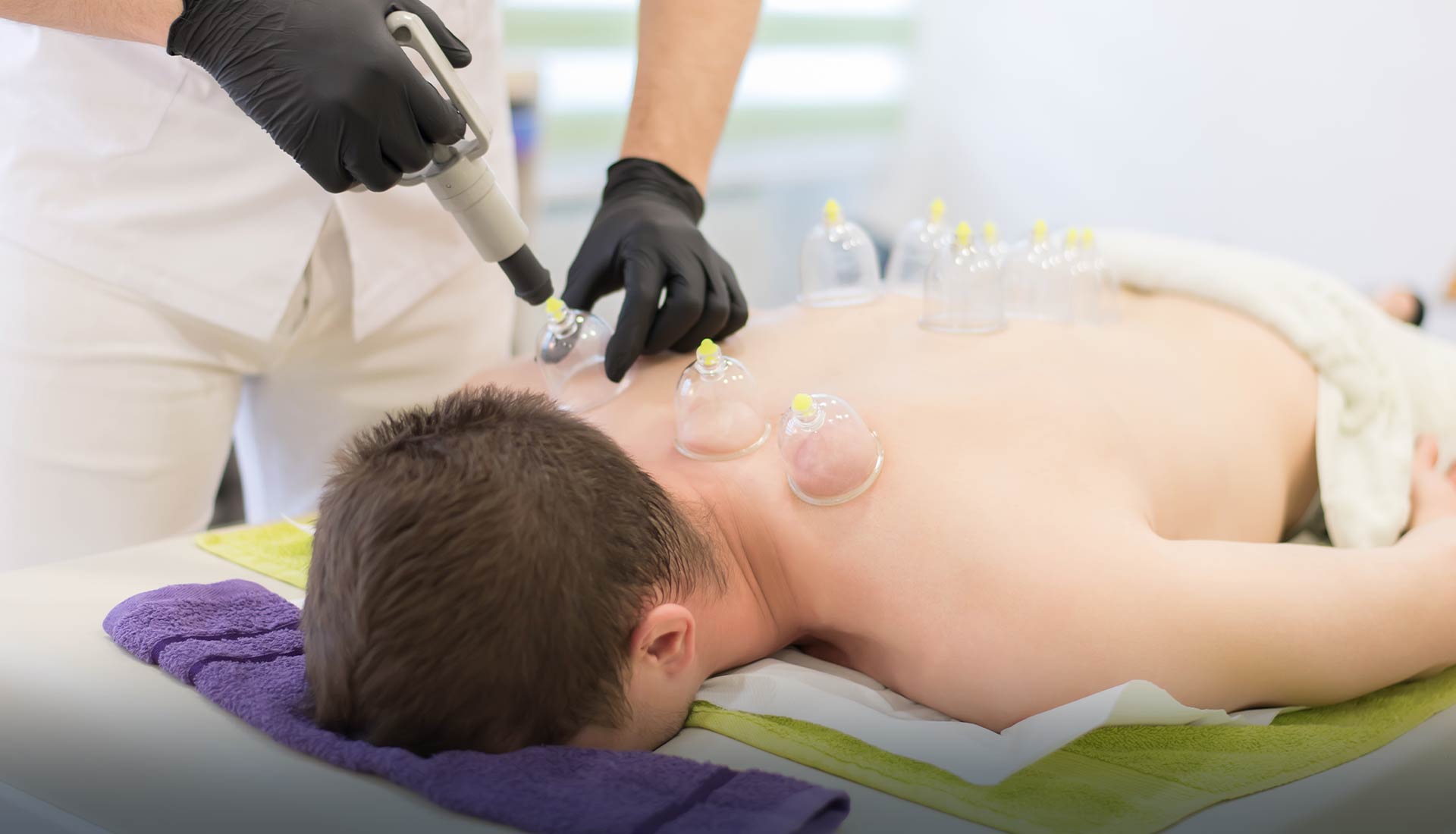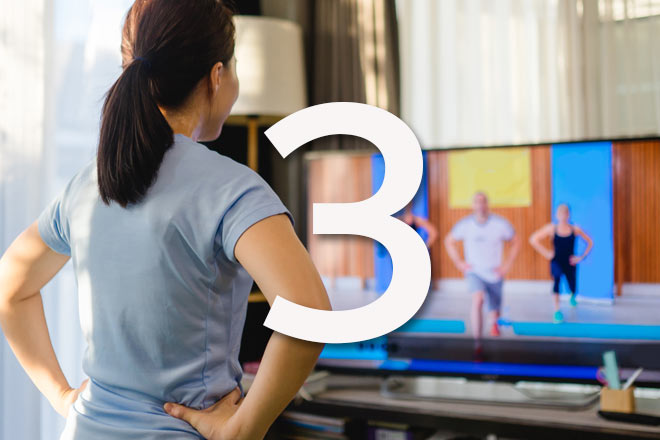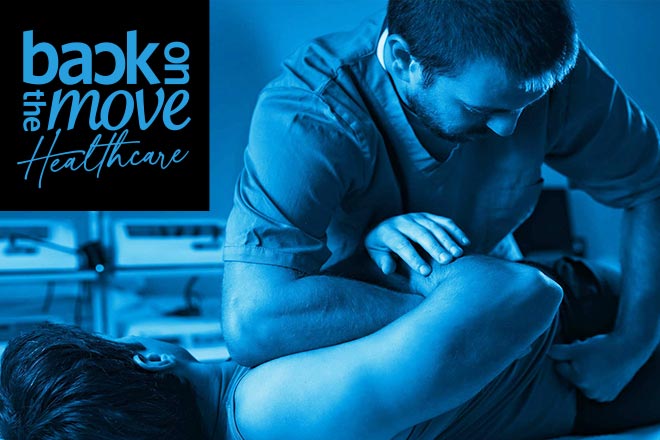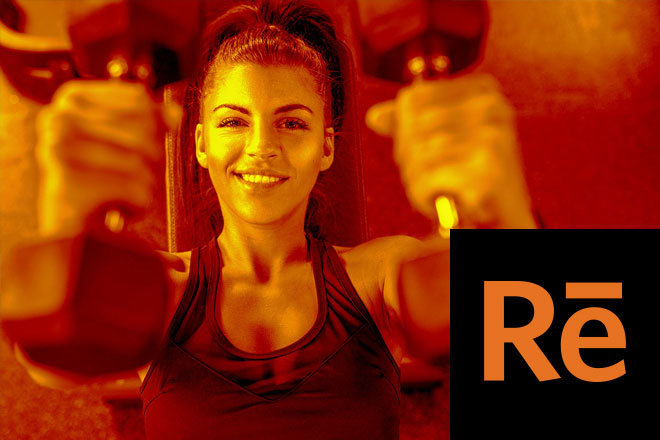Is hijama safe?
Cupping therapy is generally considered a safe procedure, with occasional reports of mild adverse reactions. Most experts feel that, when practiced in a clean and hygienic environment under the guidance of a qualified health professional, such as at Back on the Move, both cupping and hijama are safe and relatively risk free. A screening of previous medical history and medications is always conducted to ensure that the treatment is suitable for the individual patient.
How long does a hijama therapy session last?
Your initial appointment will take around one hour, but subsequent sessions are usually shorter, lasting about 30 minutes.
What can I expect at a hijama appointment?
At your first appointment, your therapist will ask you in detail about your medical history, including any medications that you are currently taking, to ensure that hijama is a suitable therapy for you. Readings of your blood pressure and heart rate will be taken. If everything is in order, you will then receive an initial hijama treatment.
Does hijama hurt?
Although hijama involves small breaks in the surface of the skin, the sensation is very quick. It may be uncomfortable, more than painful. Most people consider it as being far less painful than having an injection, and more like having acupuncture.
How much blood is released during a hijama session?
The amount of blood released during hijama varies from person to person. It depends on the health of the area being cupped, but it is not detrimental and usually the volume is between 50-75ml.
Will hijama lieave visible marks?
Hijama therapy generally leaves circular bruises on the surface of the skin. These gradually fade, usually within a week (sometimes a bit longer). This is accompanied by the pin marks that will completely fade within a similar time-frame, depending on the individual’s skin type.











